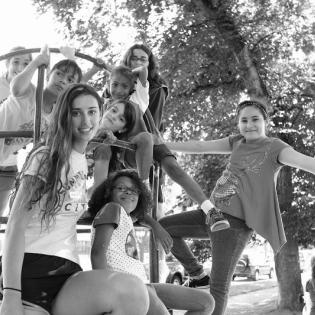Cultural Diversity in Service
How do traditional culture and personal experience influence attitudes and practices of giving and serving?
Photo Credit: Latino Mission Society by Summer in the City is licensed under CC by 2.0
This unit focuses on different traditions of giving through world cultures (and religious traditions), looking for similarities that connect us. In addition, learners recognize that diversity makes our community stronger. Students develop personal mission statements and create visual/audio presentations of "Why I Serve."
One of our roles in a civil society is connecting to diverse others and seeing their light within. In this lesson, learners watch a video and listen to an audio recording that both show how we can overcome first impressions about people and value the diversity of their experiences and culture.
Learners compare and contrast the work and mission of four famous philanthropists: Cesar Chavez, George Washington Carver, Sunderlal Buhuguna, and Abdul Sattar Edhi. They identify the motivations, impact, and attitudes about service, and start to clarify their personal attitudes about service by writing a personal mission statement.
Using the radio broadcast "This I Believe" as a model, learners create visual or audio statements of their beliefs about volunteering and serving. Each presentation communicates the culture, experiences, and motivations that influence the learner's attitude about service. After presenting their statements to the class, the learners discuss how to use the presentations as a form of advocacy to promote civic engagement in the community. This lesson incorporates reflection and a demonstration to a wider audience.
